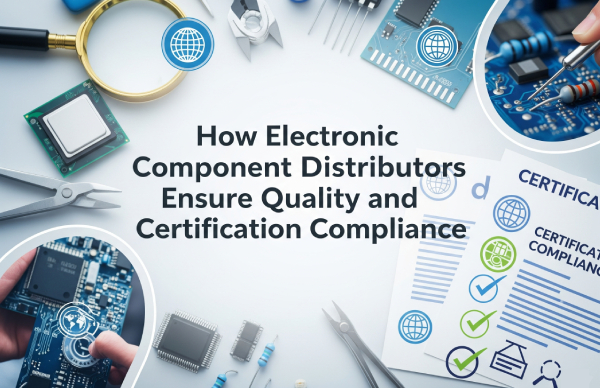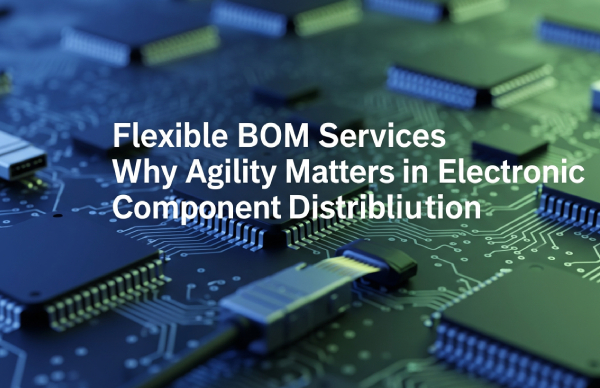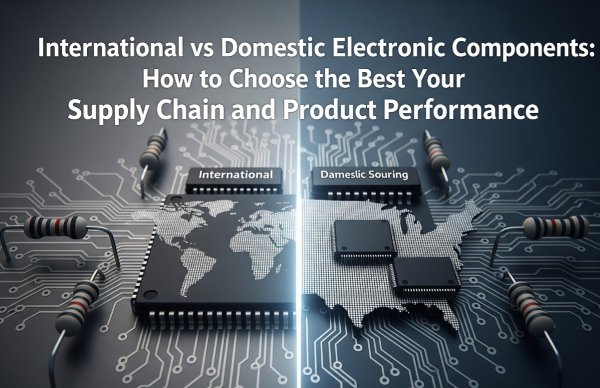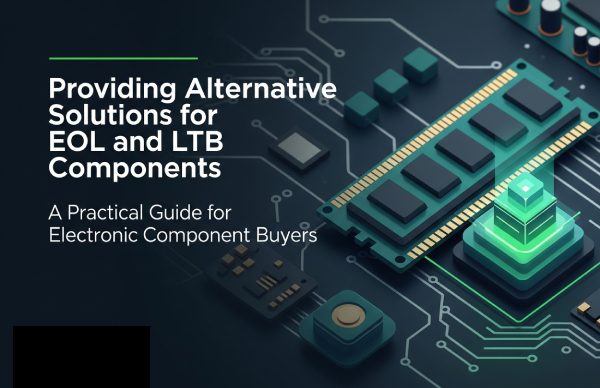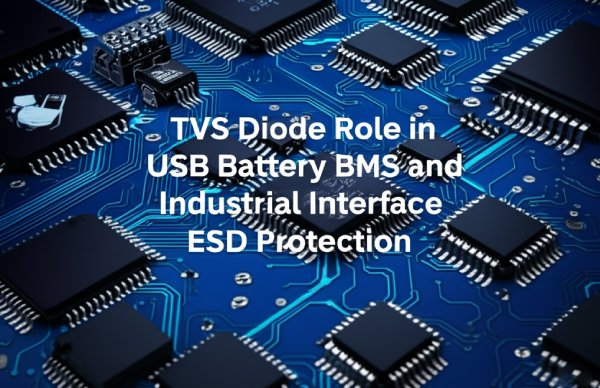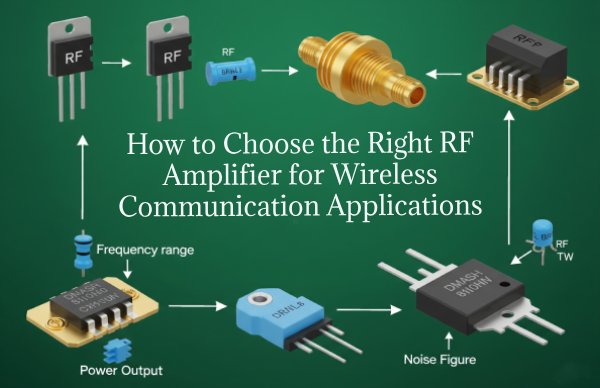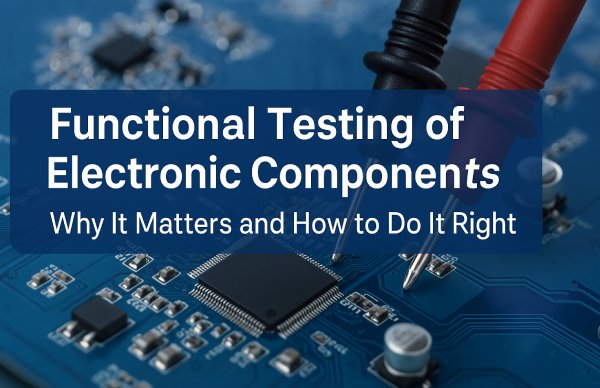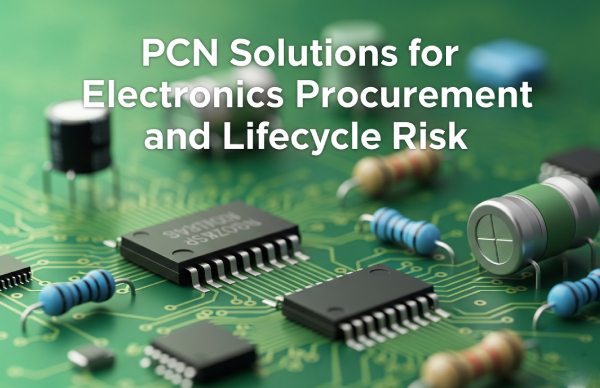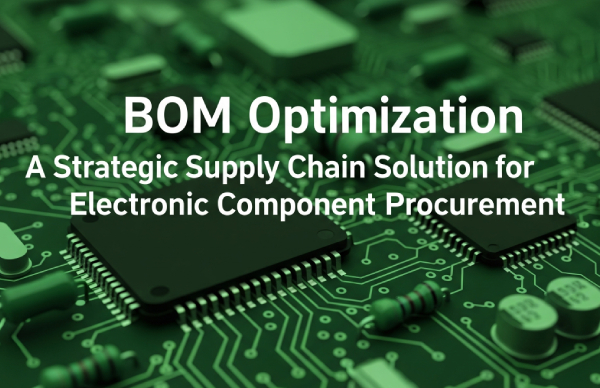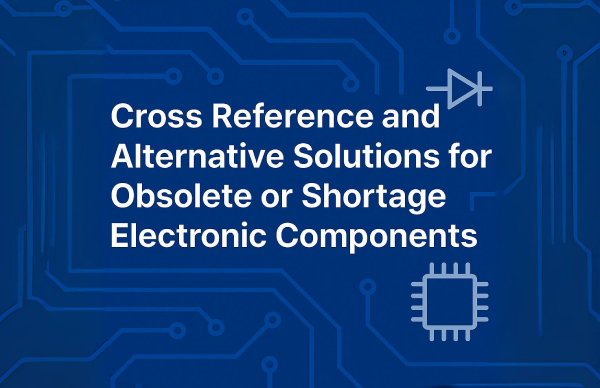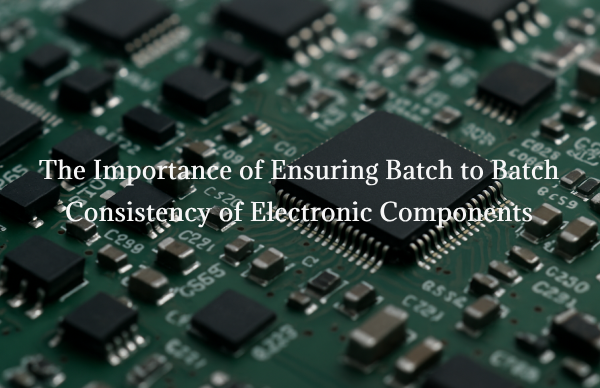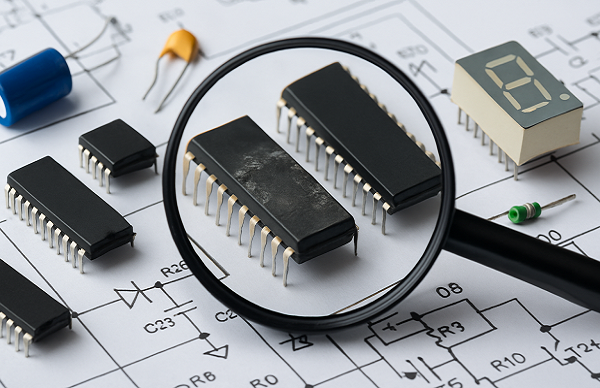Consumers expect longer battery life from listening devices, wearables and other ultra-small electronic devices, despite their small form factor. Obviously, device size does limit battery capacity. This paper discusses how to regain some of that space by using switching regulators based on the Single Inductor Multiple Output (SIMO) power converter architecture, which, along with the regulator's low quiescent current, enables ICs to extend the battery life of space-constrained electronics. You will also learn about power management ICs (PMICs) with SIMO regulators that reduce power consumption and overall component count while providing the same functionality as traditional solutions in less than half the space.
Meeting the Battery Life Needs of Small Devices
When you put on your earbuds for a long hike or tackle a big project in an afternoon, you don't want to be interrupted by having to stop and charge your headphones. Instead, you expect your earbuds, wearables, and other small, battery-powered electronic devices to operate reliably for long periods of time.
From a design perspective, meeting these user expectations can be a daunting task. The limitations of form factor dictate the need for small lithium-ion batteries that are designed to last a long time and be used sparingly between charge cycles. In turn, the power supply must meet the unique and diverse voltage requirements of the subsystems in the design.
The SIMO architecture provides the best solution for these systems, integrating functionality that would otherwise require multiple discrete components.
SIMO Architecture Overview
In a traditional switching regulator topology, a separate inductor is required for each output of each switching regulator (Figure 1) because each voltage rail must be served by a separate inductor. Inductors are large and costly, so this is a disadvantage for small-sized products. Linear regulators offer another alternative - they are fast, compact and low-noise, but they also have losses. Then there is the hybrid alternative of using multiple low dropout regulators (LDOs) in conjunction with a DC-DC converter. However, while this configuration results in moderate power and heat dissipation, it still produces a larger design than LDOs alone.
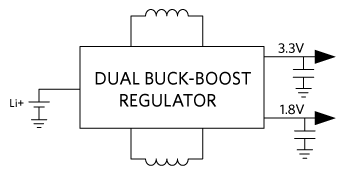
Figure 1. Traditional architecture of a buck-boost switching regulator.
A featured buck-boost SIMO converter can regulate up to three output voltages over a wide output voltage range using a single inductor. The buck-boost topology helps make better use of the inductor because it takes less time to service each channel than a pure buck SIMO. The weakness of a pure buck SIMO is magnified when one or more of the output voltages are close to the input voltage. A pure buck SIMO suffers when the output voltage approaches the battery voltage. In this case, the pure buck SIMO requires an inductor for too long, which affects the other channels.
Sometimes it is not possible to avoid the use of inductors in a system. Even though an LDO is small, it can never provide a boost function by itself. A solution that requires at least one boost voltage is almost always better off using a buck-boost SIMO since the SIMO only requires one inductor.
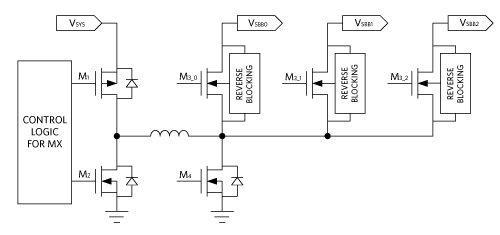
Figure 2. SIMO architecture block diagram.
Inductor saturation current (Isat) is a measurement of the percentage drop in inductance corresponding to a given current, and is proportional to the core size of the inductor for a given core material and construction. The use of a single inductor in the SIMO architecture has several advantages over the use of a separate DC-DC converter:
1. you can better utilize Z-height where the system allows it;
2. you don't have to use as many inductors as you would in a conventional solution, which saves you money and reduces your footprint;
3. time multiplexing, where different functions are usually not used at the same time. This advantage becomes apparent when the total supply current is less than the sum of the individual output requirements. For example, you might use different rail voltages to sequence events. For example, in some Bluetooth systems, it is possible to download data before activating a function. This means that the power supply associated with the radio is turned on at a different time than the activated function. Therefore, the total Isat required for the SIMO inductor is smaller than the total Isat required for a separate converter;
4. RMS (current rating of the inductor) - Even if the channels are not time division multiplexed, the peak power consumption of the functions does not usually occur at the same time, which can also reduce the total inductor Isat requirement.
Overcoming the shortcomings of the SIMO architecture
The use of SIMO architecture is not without cost. Therefore, a thoughtful design approach is important. For example, output voltage ripple is typically higher because there is an inductor that provides a lot of energy for the alternating output. In addition, because SIMO is heavily loaded, it is time constrained and there can be delays in serving each channel, which can further increase output voltage ripple. Using larger output capacitors can offset these sources of output voltage ripple while maintaining a net footprint/BOM advantage.
Maxim's new power management ICs (PMICs), the MAX77650 and MAX77651, strike a careful balance between these tradeoffs. These PMICs are designed with a micro-power SIMO buck-boost DC-DC converter, and the integrated 150mA low dropout regulator (LDO) in the PMIC provides ripple rejection for noise-sensitive applications such as audio. Series-selectable resistors (24Ω) in series with the serial data line (SDA) and serial clock line (SCL) minimize crosstalk and undershoot on the bus signals, as well as protect the device inputs from high-voltage spikes on the bus. Each module in these regulators has a low quiescent current (1μA per output), which helps extend battery life in the end application. Because the ICs always operate in discontinuous conduction (DCM) mode, the inductor current becomes zero at the end of each cycle to further minimize crosstalk and prevent oscillations.
The SIMO converters utilize the entire battery voltage range because each output has the advantage of a buck-boost configuration that produces an output voltage above, below, or equal to the input voltage. Because the peak inductor current is programmable for each output, you can optimize the balance between efficiency, output ripple, electromagnetic interference (EMI), PCB design, and load capability. These ICs are rated at over 85% efficiency at 3.3V output.
This SIMO architecture provides an optimal balance between low power consumption and form factor. Low power consumption is important for small applications that do not dissipate a lot of heat. Figure 3 illustrates how the MAX77650 PMIC is optimized in terms of heat dissipation and form factor compared to configurations that use a DC-DC converter with multiple LDOs or simply multiple DC-DC converters.
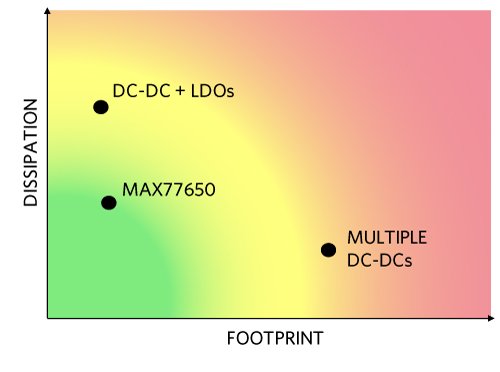
Figure 3. The MAX77650 PMIC's low heat dissipation and small board area make it suitable for space-constrained, battery-powered devices such as hearing devices and wearables.
The SIMO control scheme in the MAX77650/1 involves a dedicated controller to ensure that all outputs are serviced in a timely manner. If no regulator needs servicing, the state machine is in a low-power state. Once the controller recognizes that a regulator needs servicing, it charges the inductor until the peak current limit is reached. The inductor energy is then released to the associated outputs until the current reaches zero. If multiple output channels need to be serviced at the same time, the controller ensures that no outputs take up all the switching cycles. Instead, the cycles will be interleaved between all outputs that require service. Outputs that do not require service will be skipped.
The SIMO architecture also provides a soft-start feature that minimizes input current surges during startup. This soft-start feature is accomplished by limiting the slope of the output voltage during startup. For complete and timely power down of system peripherals, each SIMO buck-boost channel is equipped with an active discharge feature that is automatically and independently enabled based on the state of the SIMO regulator (the active discharge feature can also be disabled via I2C).
Power Performance: SIMO vs. Legacy Architecture
Figure 4 shows a block diagram of a possible power supply tree using the MAX77650. As you can see, three of the four loads are connected to the Li+ battery via high-efficiency SIMO switching regulators. The fourth load is powered by an LDO with a 2.05V SIMO output, achieving 90.2% efficiency (1.85V/2.05V). The following table compares the power performance between the conventional and SIMO architectures.
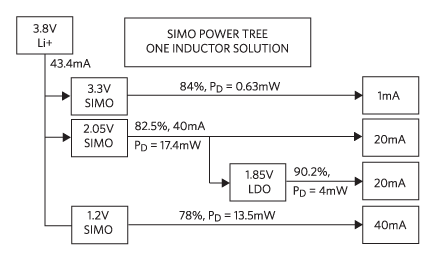
Figure 4. The MAX77650 PMIC's low heat dissipation and small board area make it ideal for space-constrained, battery-powered devices such as hearing devices and wearables.

The SIMO Calculator helps you explore the tradeoffs associated with SIMO parameters.
SIMO output voltage ripple is a function of the following functions:
a. Output capacitance
b. Inductance
c. Output voltage setting
d. Peak current limit setting
SIMO usable output current is a function of the following functions:
a. Input voltage
b. Output Voltage
c. Peak current limit setting
d. Output current of other SIMO channels
The SIMO switching frequency is a function of the following functions
a. Input voltage
b. Output voltage
c. Peak current limit
d. Inductance
On the calculator tab of this spreadsheet-based tool, you simply enter the system parameters in the appropriate value cells at the top of the row. Calculated values that are considered most interesting are highlighted in yellow. If a parameter is considered to lie outside the normal area, the cell is highlighted in red.
If you like this article, click into perceptive-ic.com to see more.













